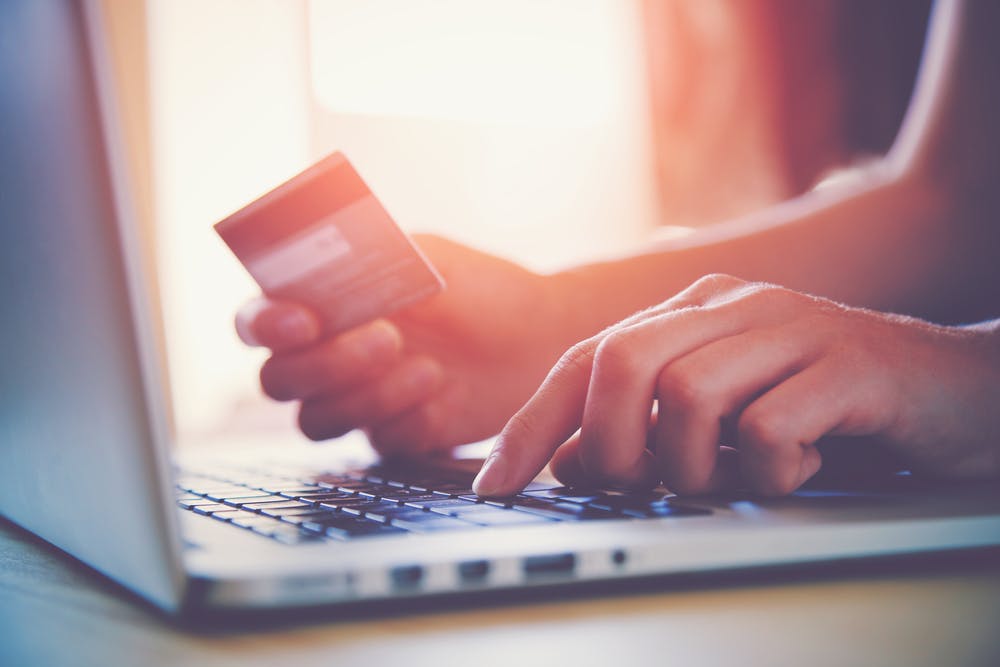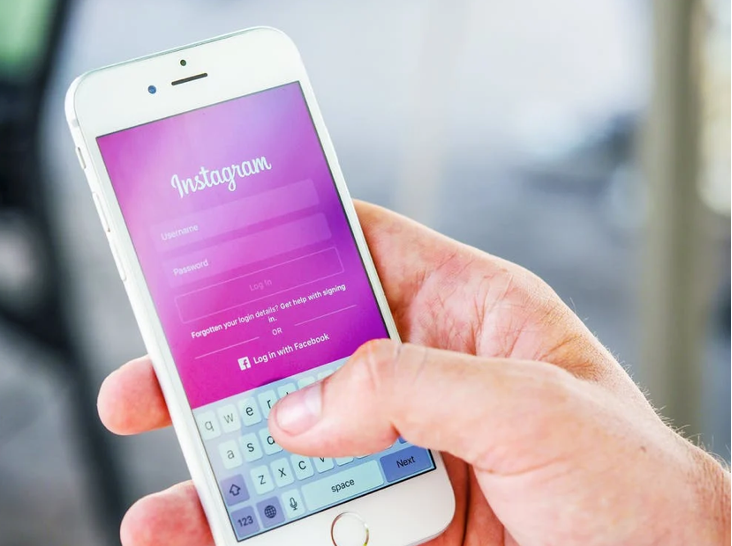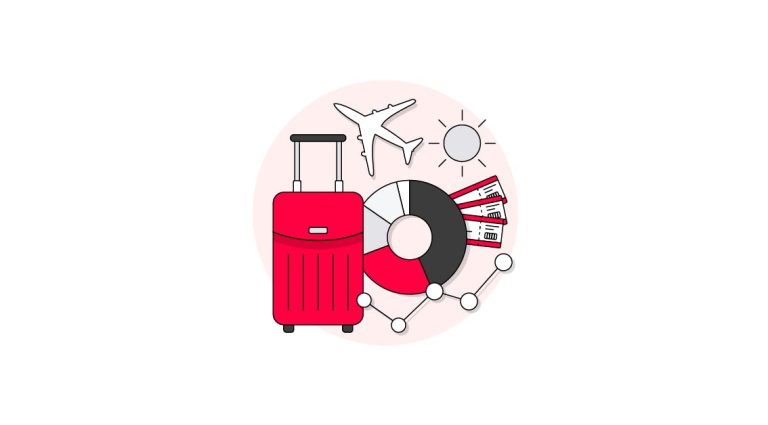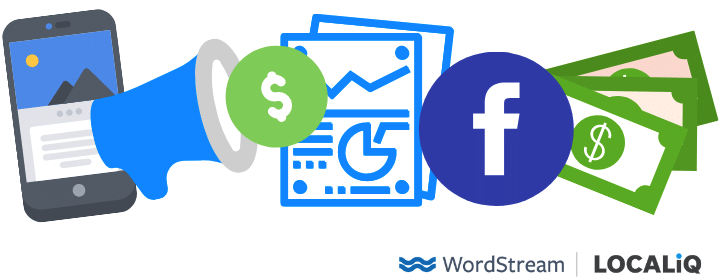
The direct-to-consumer (D2C) model has grown in the past 18 months. According to eMarketer, US direct-to-consumer ecommerce sales grew 45.5% in 2020, generating 1.54 billion and making up 14% of total retail ecommerce sales.
With seamless customer experiences, D2C brands are able to generate natural brand affinity, encouraging consumers to recommend products and services online and off-. This word-of-mouth can be invaluable, particularly in the context of the often convoluted path to purchase.
Smith cites luggage brand Away as one D2C business that is constantly striving to meet consumers’ (often unmet) needs from a product stand point; the company prides itself on ‘thoughtful design’ that really makes a difference to the travel experience. Case in point: it was one of the first brands to integrate USB ports into its luggage to enable travellers to easily charge their devices while on the go. CPG companies can react to customer need in the same way, for example by offering different pack sizes.
Consumers are looking for great customer experiences
Omnichannel engagement and optimisation requires brands to connect front- and back-office systems to enable, for example:
Indeed, a new focus on first party data is another reason for retailers to go D2C as those brands that own their audience should in theory be better placed to nurture and retain their customers.
But how has the influx of D2C brands impacted the industry? Research shows that US CPG businesses identify D2C competitors as their number one challenge – “that’s more than the influence of marketplaces, that’s more than private label in retail, that’s more than shipping and storage costs,” said Paul Smith of CPG SAP Customer Experience, in a recent SAP webinar.
Flores tells Econsultancy it’s important to remember that “D2C is relatively new, and is growing and evolving every day as many companies are still experimenting with the model.”
A recent study by the Spiegel Research Center at Northwestern University found that the likelihood of purchase for products with at least five reviews is 270% greater than products with no available reviews. As Javier Flores, Customer Experience Global Industry Principal for Consumer Products at SAP, comments, “a strong value prop[osition] will drive viral growth,” meeting customer expectations and making the economics of D2C work for the organisation.
D2C models allow for product innovation
With brick-and-mortar stores flourishing again, and other channels (notably online marketplaces) generating big consumer spend – retail is more competitive than ever before.
PepsiCo launched PantryShop.com and Snacks.com, for example, while Kraft Heinz launched Heinz to Home. In apparel, Nike saw shares hit a record high during the pandemic, as its direct-to-consumer model gained traction amid store closures and wholesaler cutbacks. By the end of 2020, D2C sales made up 35% of Nike’s brand revenues, up from 32% in 2019, highlighting the growing consumer willingness to buy brands direct if the customer experience stands out.
The obvious advantages of the D2C model are control and data. D2C brands are setting the bar when it comes to creating personalised and valuable customer experiences, and more often than not, a product or service that solves a real consumer problem. This could be a subscription service, for example, which have seen a boom in recent years.
The pandemic certainly highlighted the need for wider product categories and services in CPG, such as rapid grocery delivery. Suddenly, consumers not only needed groceries delivered to their homes, but they also wanted new or different products to make staying at home that bit more enjoyable.
The D2C model is predicted to see further growth, reaching an estimated value of 3 billion by 2023.
The importance of first party data has become heightened amid the ‘cookie crackdown’, as Apple’s new privacy measures and Google’s Privacy Sandbox will eventually see the phasing out of third party cookies.
The D2C model proved to be a lifeline for consumers during lockdown, as physical stores closed, and online channels generated huge demand. However, D2C success has not just been about immediate consumer need in the pandemic – brands also seeing long-term benefits. In a recent survey of CMOs in the UK, 47% of respondents said that over the next 12 months, D2C channels would offer them greater control over how their brand is portrayed, while 43% said they are excited about the valuable first-party data that D2C will offer. This evolving strategy, reflecting consumer media habits and shopping behaviour, can be seen clearly in Consumer Packaged Goods (CPG), where Unilever’s Q3 2021 trading statement, for example, showed ecommerce grew 38% on the corresponding figures from 2020 and now represents 12% of Unilever sales.
D2C creates relationships, but engaging with customers directly requires new skillsets
He continues, “I personally can’t wait to see more innovative value propositions and optimized supply-chain networks matching consumer priorities with manufacturers’ products and services.”
B2B commerce trends highlight need for a new approach to CX
The tricky part is that D2C is more than just a sales channel. Scaling great customer experiences, even personalised journeys using this first-party data, is a fresh challenge for brands more used to B2B2C operations.
SAP’s Paul Smith elaborates on this. “Consumers expect a great experience all the time – they also expect to be involved in the product innovation process; they want their feedback solicited,” he explains. “They want to have products improve and better meet their needs and the needs of their friends and family as well.”
- headless architecture, to sell in realtime in multiple online channels and offer seamless experiences for customers;
- a new approach to media, moving from brand advertising to direct response and even social commerce;
- a CDP and analytics capability, with personalised promotions/notifications;
- payment and fulfilment, with warehouse and transportation management;
- online customer service such as livechat.
As such, many legacy brands have been forced to act, launching their own D2C channels in order to win back consumer favour (and drive ecommerce sales).
Getting D2C right can drive viral growth, if the value proposition is right
Getting this right for CPGs means cloud technology, new skills in-house as well as new partners.
The control that a D2C model affords makes not only for more effective marketing communications with customers but also a closer relationship between brand and consumer that allows for more direct product feedback.
The threat is more than idle, too. The pandemic has disrupted consumer loyalty to a degree. “About 3% of total market share in CPG has shifted towards some of these D2C challengers,” Smith says.
During this time, CPG brands recognised the opportunity afforded by growing D2C food and beverage retailers, with both Barilla and Nestle acquiring Pasta Evangelists and Simply Cook respectively.
With supermarkets and food delivery services seeing huge demand (leading to newly formed partnerships), disruptive D2C food and beverage brands have also grown in popularity, with the likes of Naturebox and Magic Spoon both seeing an uptick in sales. The latter cites consumers “seeking out different types of comfort” as the reason for its growth during the pandemic. However, selling D2C has also enabled the brand to showcase its adaptive strategy, using insight from owned channels to rapidly identify changing consumer demand (such as favour towards larger boxes compared to ‘on the go’ sizes).





